Fake weapons
The art of beautifully "wrong" clothes, with Camiel Fortgens
Welcome to Blackbird Spyplane
Our Home Goods Report, bursting with things to enliven the place you live, and stores where you can find them, is here.
Mach 3+ city intel for traveling the entire planet is here.
The B.L.I.S.S. List — a helpful rundown of Beautiful Life-Improving Spyplane Staples, from incense to sweatpants to underwear — is here.
The designer Camiel Fortgens recently commissioned a batch of minutelong videos where some Dutch mimes (cool-looking ones!) wear his clothes and do strange things very slowly. One cradles an imaginary pet and murmurs sweet nothings. Another rests her head on the shoulder… of a ghost?? Each clip blurs the line between comedy and horror, creepiness and charm, the friendly and the disturbing — not unlike Fortgens clothes themselves.
If Fortgens has a signature, it’s that his clothes look invitingly right despite an abundance of “wrongness.” He studied as an industrial designer at the Design Academy Eindhoven in his native Netherlands, but when he graduated, in 2014, he decided to make garments. Since he lacked any training whatsoever in patternmaking, they kept on turning out f**ked up, despite his best efforts. With time, these mistakes stopped annoying him and started intriguing him. He decided to embrace them, explore their possibilities, and turn them into his own mutant design language of uneven shapes, fraying edges, plackets that refuse to sit straight, and so on.
10 years later, Fortgens is one of the most consistently exciting designers out, somehow threading the needle between surprise and rockability. He’s got a team of 5 full-timers working with him in his Amsterdam studio, including his partner and patternmaker Tanja Bindels. Their Spring 2025 collection, which just dropped a couple weeks ago, is one of their best yet.
So I (Jonah) was stoked to get on an elite SpyVideo transmission with Camiel the other day to talk to him about the charm of normal things made awkward, growing a brand slowly instead of “buying hype,” making a sick riff on Barbour jackets in the same spirit that 7 siblings trapped in an NYC apartment for their entire youth might make fake weapons, and more unbeatable topics.
Blackbird Spyplane: The first thing that probably leaps out to anyone about your clothes is the intentional use of flaws as design elements. Where did that interest in imperfection originate?
Camiel Fortgens: “It started unintentionally, to my frustration. I had a sewing machine that I’d used a little, but I didn’t learn patternmaking, and after graduation I wanted to make a collection. From age 15 I worked in a secondhand store for many years that imported American vintage clothes to Europe. I was in the warehouse, sorting the rights and wrongs, and pricing them, so I saw so many things. But when I tried to make my own clothes, every time it was wrong. In the end I said, ‘Maybe it’s actually nice to just leave it like that.’ The imperfections make a garment more special, they make it alive.
“Over time I adapted that style as the brand identity, because I feel in fashion there’s a lot of polished façades, all this make-believe that brands do, all this imagery of perfect people living perfect lives, and not as much imagery of real people living real lives.”
Blackbird Spyplane: Do you see your rejection of perfection as a rejection of beauty?
Camiel Fortgens: “No. I think beauty is imperfection. I like imperfect things and I think that’s beauty. If it’s too perfect, I’m a bit bored.”
Blackbird Spyplane: Do these kinds of “wrong” decisions in your clothes always arise from the internal logic and construction of a given piece? Or do you ever apply the mistakes top-down, as more purely decorative elements? Like, “OK, we’ve designed a nice-looking cardigan, now let’s slap on a fraying collar to Camiel-ify it?”
Camiel Fortgens: “Most of the time it comes from the construction. Sometimes, unfortunately, in the short time we have, we take design elements we’ve already come up with for one garment and apply it to another style: We made these pants which have these mistakes that work as a look, and we copy these mistakes to a new style. But we’ve been working the last few seasons to go to the construction level every time — to figure out, while sewing each sample, ‘This mistake is good, this one is bad,’ and do the real deal.”
Blackbird Spyplane: I guess one isn’t necessarily better than the other, as long as the end result works.
Camiel Fortgens: “I think the real deal looks better.”
Blackbird Spyplane: One of your best-loved styles is the Frankenstein sweater (above top right), which among other things has a swaggy off-center v-neck that looks like someone put it on in a hurry and tugged it askew. But when the piece is, say, a button-up shirt whose placket bulges because you’ve intentionally f**ked with the button spacing, that can feel more challenging — I might be afraid of looking like I don’t know how to button a shirt, or like I bought a factory reject. Talk about how you make a garment that behaves “improperly” but still feels good to wear.
Camiel Fortgens: “This is the biggest challenge. I can make a garment that’s imperfect, that’s easy. But making it still fit perfectly, or something else that makes you want to wear it, that’s hard. And if we overdo the imperfection, it becomes a gimmick. So it’s a fine line. With the Frankensteins, that started when I bought some vintage sweaters and re-worked them — by the time I found flaws I liked, the fit was totally off, so we copied the flaws back into a fit we liked. It’s a lot of back and forth like that.”
Blackbird Spyplane: One piece you’ve got coming this fall really caught my eye: A riff on a classic waxed-cotton, corduroy-collar, Barbour-style jacket. Talk about how you approached that design.
Camiel Fortgens: “I used some of the right materials — wax and corduroy — but I did it very fast and sketchy. So one side is a bit shorter, the zip will stick out at one point, the buttons are uneven, and there will be some raw edges. One detail I like is that I sewed the corduroy on top of the collar, but it’s uneven, so the backing material sticks out. The lining might stick out at some points, too. So, very makeshift. It’s less something where I go in choosing what to change, and more about what changes in the process of doing it.
“This way of working is quite common for us, though: I like to take a very clear reference — a stereotypical garment, for a certain time or culture — and make an interpretation. I say, ‘I’m gonna make it without too much thinking or measuring,’ and something happens that’s roughly looking like the original. Maybe you show your grandma a sweater you like, and she makes one for you — it’s not right, maybe she has the wrong materials, but that kind of ready-made, rough interpretation is nice.
“I saw this documentary The Wolfpack, about these 7 siblings whose father kept them in a flat in New York their whole lives, and they watched a lot of movies and made their own makeshift weapons, with tape and cardboard. It’s making clothes in this spirit.”
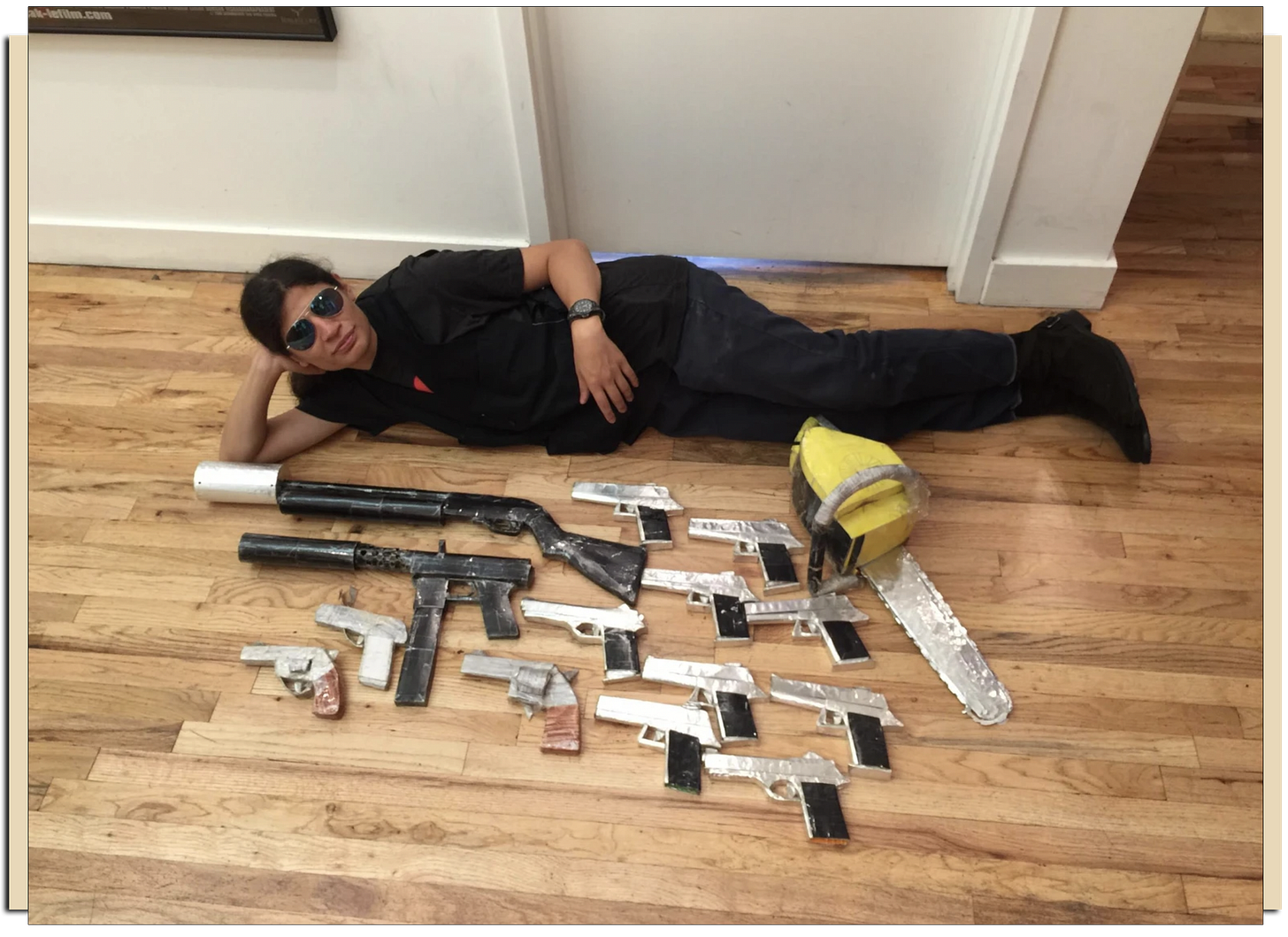
Blackbird Spyplane: You’ve been doing your line 10 years now, and you’re still figuring things out — well-established but very small, still. A lot of new lines, and their financial backers, seem impatient to hit a massive scale very fast. Whereas you seem to be playing a longer game.
Camiel Fortgens: “I never had any expectations. I didn’t go to Paris the first time hoping to get picked up by 10 stores, you know. I just wanted to see if I could make any money off my clothes. So one store in Japan bought it, and the next time, 3 stores bought it, and then we got an agent, Philip from Not Summer, who’s worked with Martine Rose, Man-tle, Wales Bonner, Auralee. He’s great. He educated us, saying, ‘Take it slow. Take the best one. Chip away one by one.’
“This fit our philosophy, because I saw brands spending tons on press and seeding, buying hype that would die out. I’d rather build it slowly. So one person loves something and they wear it, and other people see it and say, ‘Where’d you buy it,’ and it’s only at one store, and now you’re really interested in the garment, instead of, ‘I saw it all these places on all these people.’
“But that can be a struggle, business-wise. I’m happy we don’t have investors, because that helps in not feeling more pressure. And I’m very lucky that I found people to work with me who made very little income in the process of getting where we are now.”
Blackbird Spyplane: Finally, I asked you to share some cherished possessions, and you chose three. What’s the story?
Camiel Fortgens: “This book is Back in the Days by Jamel Shabazz. It really started me out designing clothes. When I was 14, 15, I was really into hip-hop, drawing sneakers, and this book has all these references to old American hip-hop styles. It captures a very significant style and cultural era, well-photographed, and I’m always looking for those kinds of times and places, and how they reflect on garments and clothing. I never look at it anymore, but it was very important to me.
“I found this doll in a local charity shop, and I just like it — it’s very handmade, a bit scary. In AW24, I think, we made a look just like this, without knowing it. We said, ‘Oh, it’s our guy!’ And the mandarin is fake. I was in Japan, and they make these great fake food bowls for the restaurants to display. I was most intrigued by the not-so-obvious remakes, like this one, and I also have a slice of white bread.”
Blackbird Spyplane: There’s a great section in Wim Wenders’s Tokyo-Ga where he visits a workshop where they make fakes like this.
Camiel Fortgens: “I like that it’s this normal thing made awkward — made into a fake.”
Camiel Fortgens’s site is here and he’s on IG here. Among the Spyfriends that carry his clothes are Neighbour, Colbo, Canoe Club, and Boswell.
We don’t run ads, we refuse gifts, and we don’t use affiliate links when we cover new clothes. We do use them for one-off secondhand gems we find on eBay and Etsy, plus books on the independent bookseller Bookshop. We laid out our position on affiliate links and spon here.
Our interviews with Adam Sandler, Kim Gordon, André 3000, Nathan Fielder, 100 gecs, Danielle Haim, Mac DeMarco, Jerry Seinfeld, Evan Kinori, David Grann, Matty Matheson, Emily Bode, Hua Hsu, Julia Heuer, Seth Rogen, Sandy Liang, Tyler, The Creator, Maya Hawke, King Krule, Steven Yeun, Daniel Arnold, John C. Reilly, Conner O’Malley, Clairo, Father John Misty & more are here.


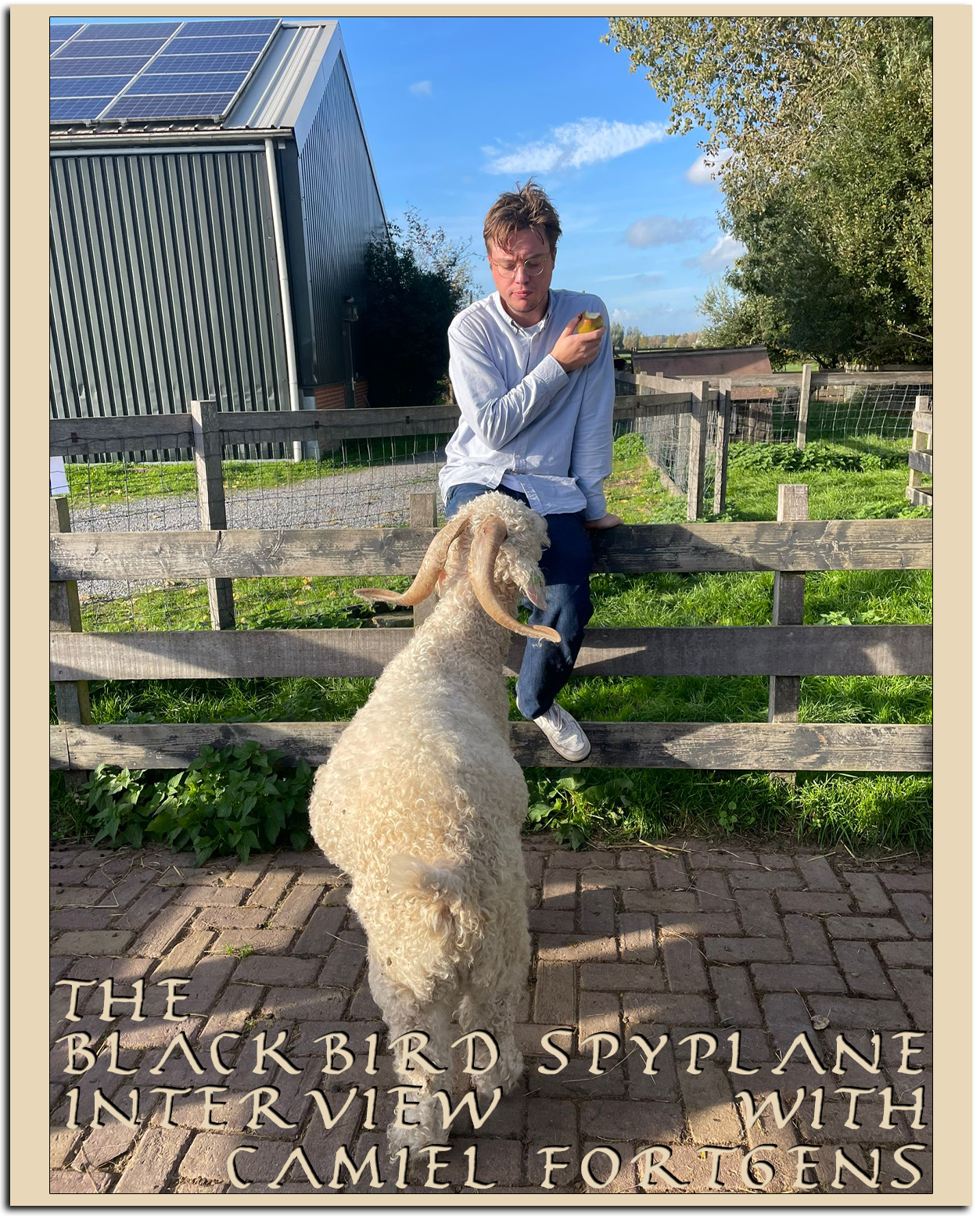
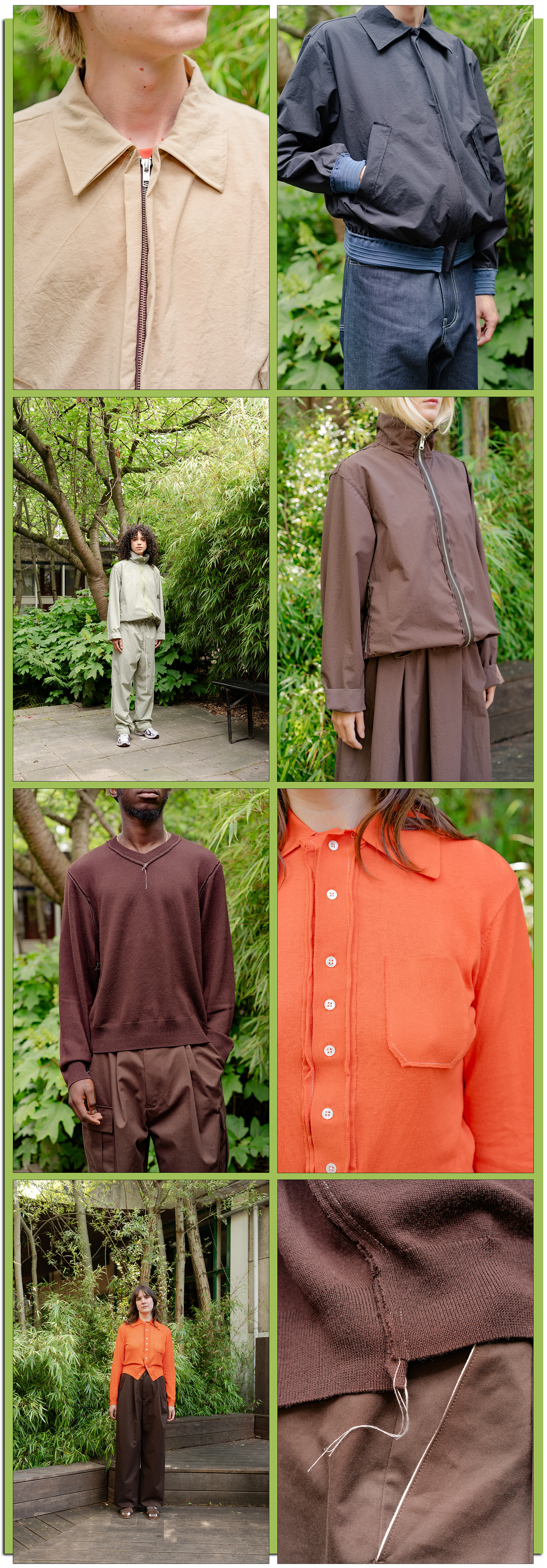
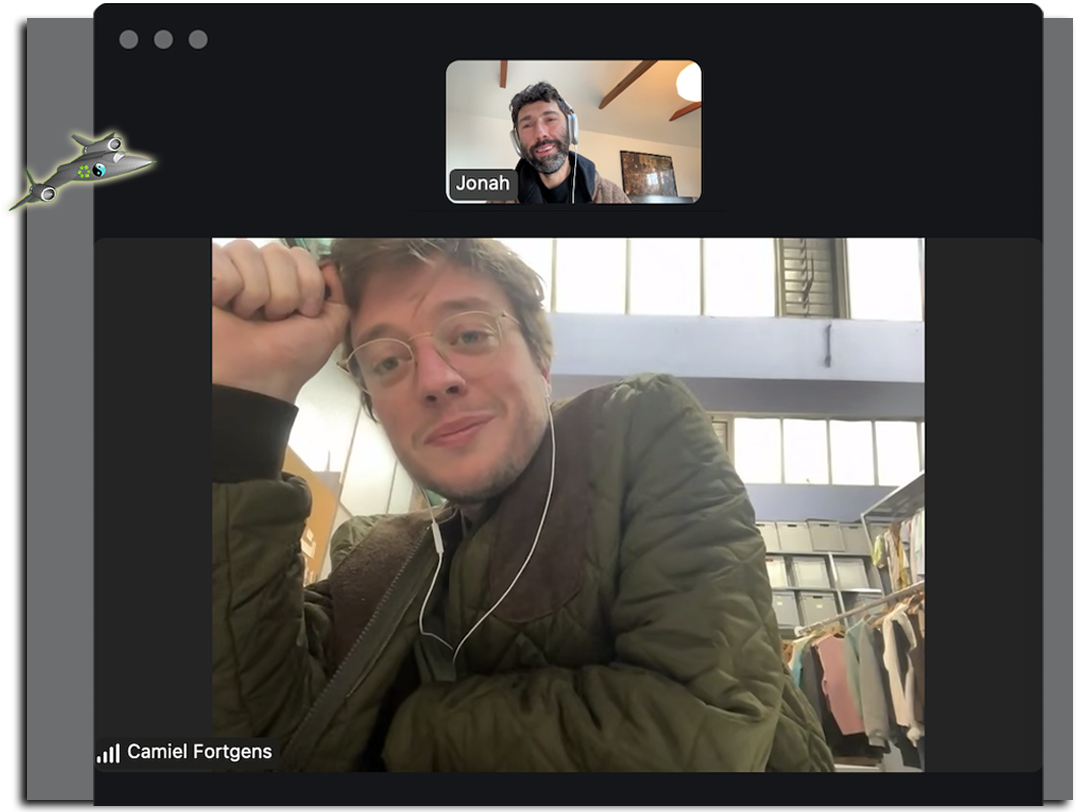

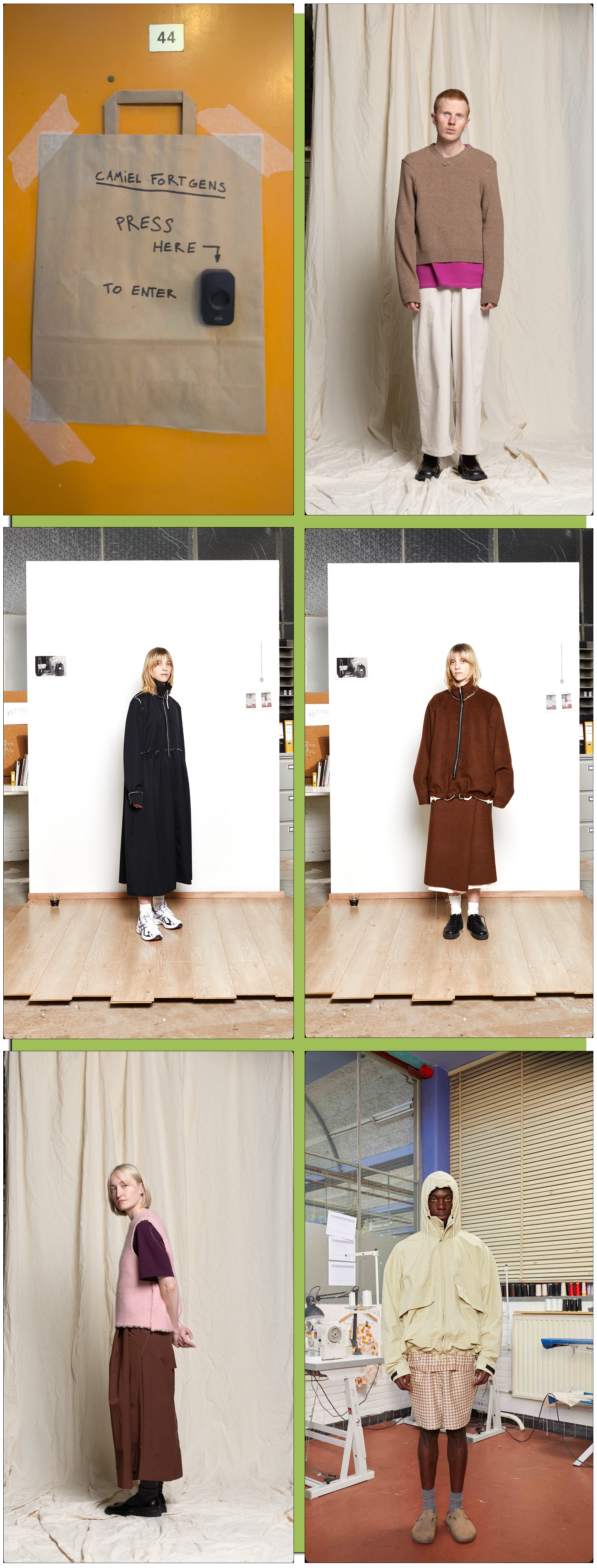
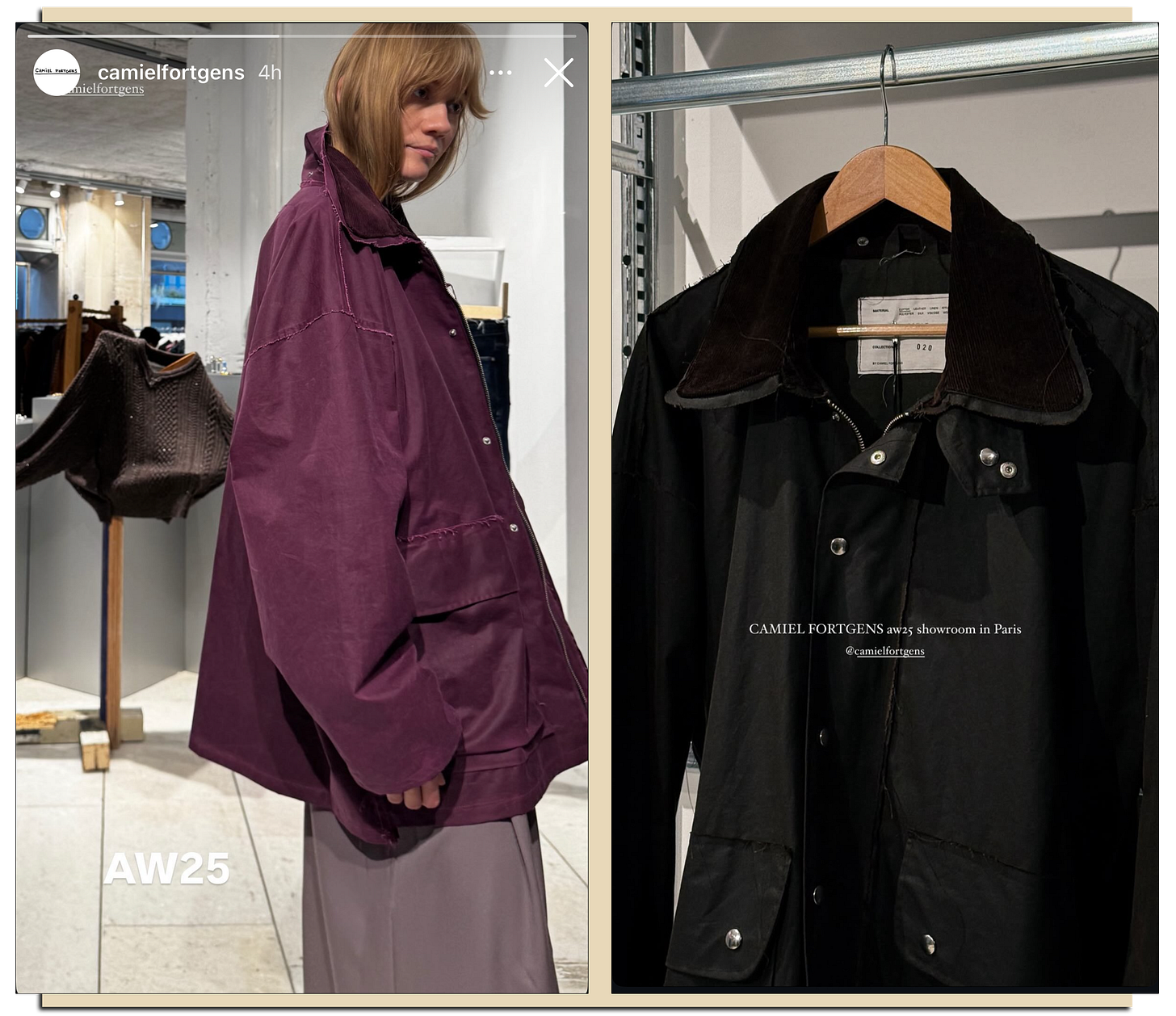

"I can make a garment that’s imperfect, that’s easy. But making it still fit perfectly, or something else that makes you want to wear it, that’s hard". Keep creating wonderful things Camiel!!
Love to see a brand building organically. Plus not having VC vultures ready to strip mine it after its peaked.